Central America
Mulino warns Trump: Darién is U.S.’s ‘other border’ in call for bilateral solutions to migration
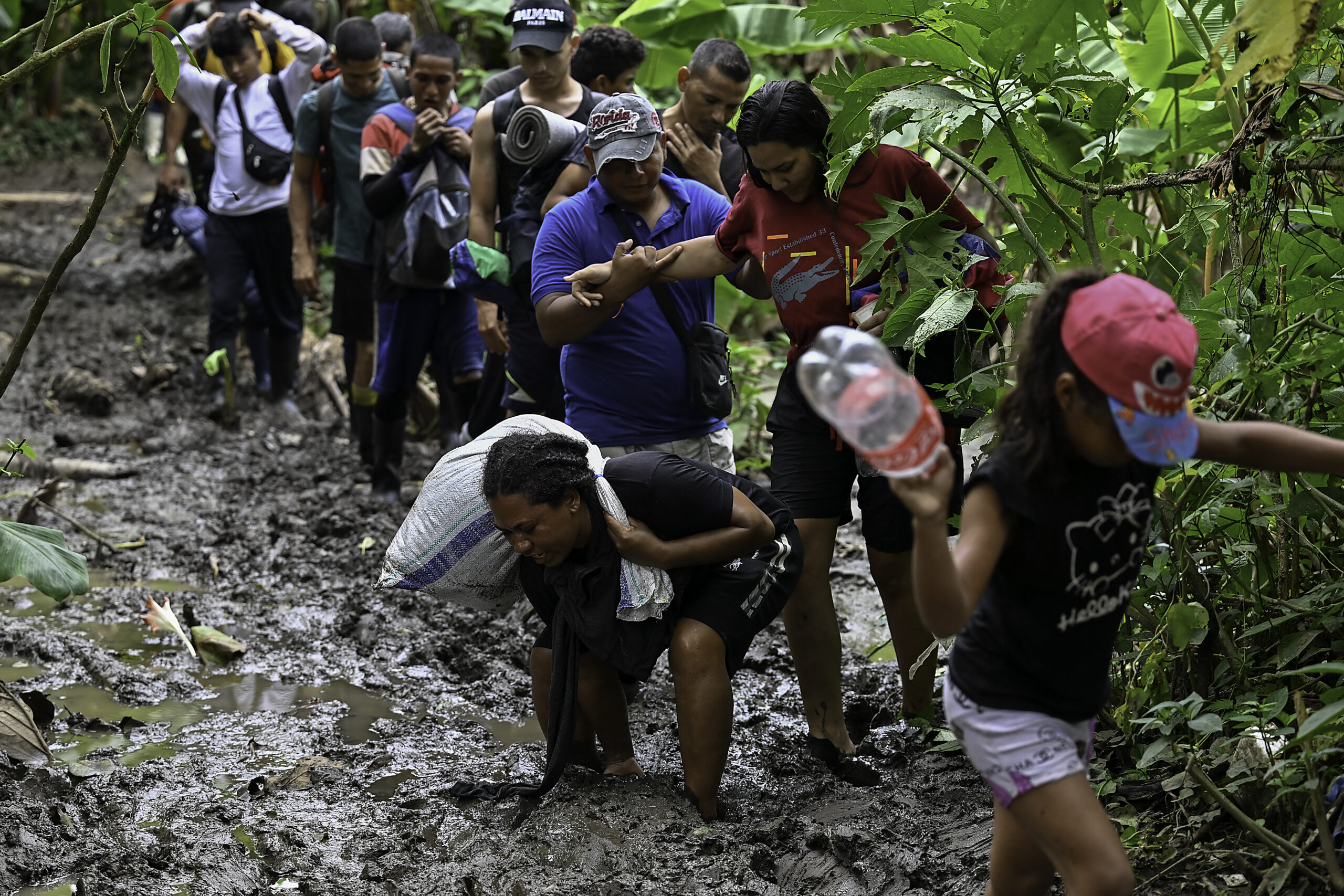
Panamanian President José Raúl Mulino reiterated on Thursday that the Darién region is “the other border” of the United States and that President-elect Donald Trump must understand this, given his announcement to toughen U.S. immigration policy.
“And I repeat what I have said: he (Trump) must know that his other border, the U.S. border, is in Darién, and we need to begin solving this issue bilaterally or together with a group of countries that contribute people to the migratory flow,” Mulino stated during his weekly press conference.
The Panamanian leader added that the United States “needs to be more aware that this (the flow of irregular migrants through Darién) is their problem. These people are not coming to stay in Panama… they want to go to the United States for whatever reasons they may have.”
In 2023, more than 520,000 irregular migrants crossed the Darién jungle into Panama, a historic figure. This year, the flow has decreased, with more than 281,000 travelers making the journey by October 31, mostly Venezuelans (over 196,000), according to Panama’s National Migration Service.
“Panama is doing what it can,” Mulino said, emphasizing the country’s significant financial investment in security, medical care, and food for migrants. However, he noted, “As long as the crisis in Venezuela persists, all signs point to this continuing, with the human drama that it involves.”
He emphasized that Venezuelans make up the majority of those crossing the jungle, with 69% according to Panamanian statistics, followed by Colombians (6%), Ecuadorians (5%), Chinese (4%), and Haitians (4%). The rest come from over fifty countries worldwide.
On July 1, when Mulino began his five-year term, Panama and the United States signed an agreement under which the U.S. government covers the costs of repatriating migrants who entered through Darién. Under this program, which is funded with $6 million, more than 1,000 people have already been deported, mostly Colombians.
Central America
Arévalo accuses Porras and judge of undermining democracy in Guatemala

Guatemalan President Bernardo Arévalo denounced a new attempt at a “coup” orchestrated by the Attorney General’s Office. He also requested an extraordinary session at the Organization of American States (OAS) to address the country’s ongoing political crisis.
The president has been at odds with Attorney General Consuelo Porras, who has been sanctioned by the United States and the European Union for being “corrupt” and “anti-democratic.” Since 2023, Arévalo has accused Porras of launching investigations against his party, Semilla, and the 2023 elections as part of a scheme to prevent his inauguration in January 2024.
From the presidential office, Arévalo has said he continues to “resist” the “coup plotters,” but tensions escalated last Friday when Judge Fredy Orellana, at the request of the Attorney General’s Office, ordered the electoral court to annul the Semilla party’s promoter group. Arévalo interpreted this as an attempt to revoke the positions won by the party.
“Orellana, a hitman who distorts the law in service of Consuelo Porras, is attempting to force […] the unconstitutional removal of a mayor, 23 elected deputies […], the vice president, and the president of the country,” Arévalo said in a televised address on Sunday.
“We call on the international community not to turn a blind eye to the coup being attempted in Guatemala,” he added, speaking alongside his cabinet and congressional members at the National Palace in Guatemala City.
Arévalo requested that the Organization of American States hold an extraordinary session to present “the serious threats” to the Guatemalan Constitution and democracy perpetrated by Porras and Orellana.
Yesterday, Guatemalan Foreign Minister Carlos Ramiro Martínez reaffirmed the president’s statements, emphasizing the need “to go and expose the situation” Guatemala has been facing since last week due to the actions of the Attorney General’s Office.
Central America
New dismembered bodies found in San Juan river days after mass killing in Palencia

On the morning of Monday, October 27, Guatemala’s Volunteer Firefighters confirmed the discovery of two bodies and two human heads inside plastic bags in the San Juan River, located in the Zacualpía village at kilometer 21 of the Atlantic Highway, in the jurisdiction of Palencia.
The remains were found by personnel from Companies 85, 50, and Central, who responded after receiving a report about suspicious bags floating in the water. The gruesome discovery was made just a few meters from the site where eight tortured bodies were found under the San Juan Bridge on Friday, October 24.
Local authorities do not rule out a connection between both incidents and suspect they may be tied to the same criminal organization. Investigators from the Public Ministry and the National Civil Police arrived at the scene to gather evidence and transfer the remains to the National Institute of Forensic Sciences (Inacif).
According to data from the National Economic Research Center (CIEN), Guatemala recorded 2,154 homicides between January and August 2025, an increase compared to the 1,816 reported during the same period in 2024.
Central America
Four guatemalan soldiers arrested for stealing weapons from Northern Air Command

Four soldiers were arrested in connection with the theft of weapons from the Northern Air Command of the Ministry of Defense in Petén, Guatemala, following operations conducted by the Public Ministry (Prosecutor’s Office).
“During the operations, criminal scenes were processed, analyzed, and documented photographically, possible escape routes were identified, surveillance cameras were located, and potential witnesses were interviewed,” the Prosecutor’s Office explained in a social media post.
The detained soldiers were identified as Ludwin Jónathan Cardona Baltazar, charged with illicit association, dereliction of duty, and aggravated theft; and Josué Israel Pérez Jerónimo, Alain Omar Marroquín Soch, and Carlos Ernesto Ibarra Corrales, charged with dereliction of duty, according to Guatemala’s Prensa Libre.
The military personnel reportedly stole 55 rifles, 14,420 rounds of 5.56 mm ammunition, 92 magazines of 35 rounds each, 19 magazines of 20 rounds each, and three grenade launchers, “which were allegedly moved from the arms warehouse to the outside for illicit sale.”
The Ministry of Defense stated that it will keep its internal control mechanisms active to prevent similar incidents.
-
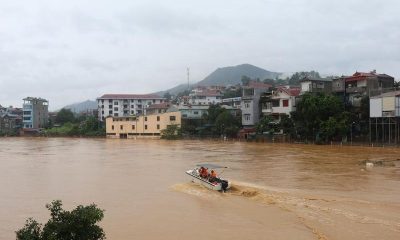
 International4 days ago
International4 days agoFloods in Central Vietnam leave 28 dead, thousands displaced
-
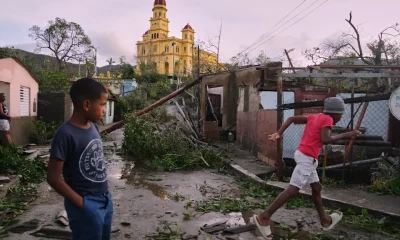
 International5 days ago
International5 days agoHurricane Melissa kills over 30, leaves thousands displaced in the Caribbean
-

 International4 days ago
International4 days agoU.S. considering airstrikes on military sites in Venezuela, reports say
-

 International10 hours ago
International10 hours agoShootout in Sinaloa leaves 13 gunmen dead as authorities rescue kidnapping victims
-

 International2 days ago
International2 days agoAt least 23 killed in Sonora supermarket blast, including minors
-
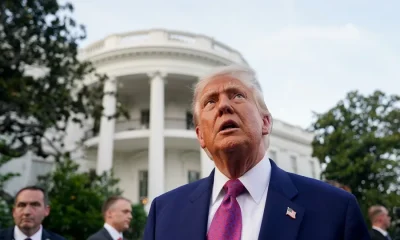
 International5 days ago
International5 days agoTrump sets historic low refugee cap at 7,500, prioritizes white South Africans
-

 International5 days ago
International5 days agoUNICEF: Over 700,000 children affected by Hurricane Melissa in the Caribbean
-

 International4 days ago
International4 days agoFBI foils ISIS-Inspired attack in Michigan, arrests five teens
-
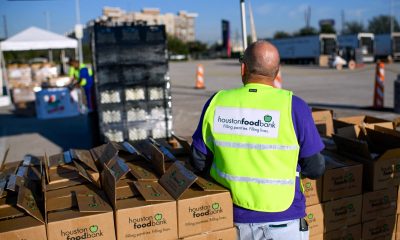
 International1 day ago
International1 day agoU.S. uses $4.65 billion in emergency funds to sustain SNAP benefits amid shutdown
-
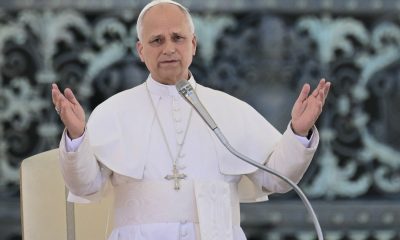
 International4 days ago
International4 days agoPope Leo XIV revives Global Compact on Education to confront cultural crisis
-
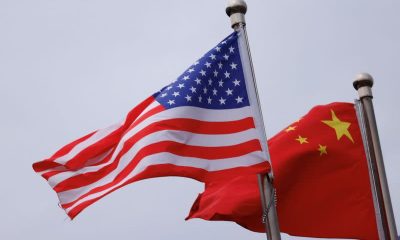
 International4 days ago
International4 days agoU.S. warns China over Taiwan during high-level defense talks in Kuala Lumpur
-

 International2 days ago
International2 days agoU.S. strike in Caribbean kills three suspected drug traffickers
-
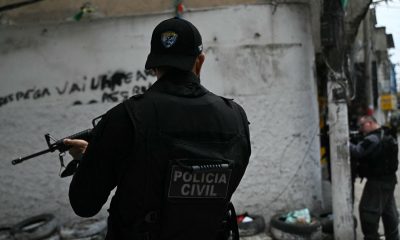
 International1 day ago
International1 day agoFour suspected PCC members killed in Police shootout in Florianópolis
-
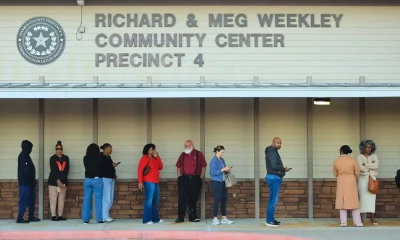
 International10 hours ago
International10 hours agoTrump alleges “massive fraud” in California redistricting vote without evidence
-
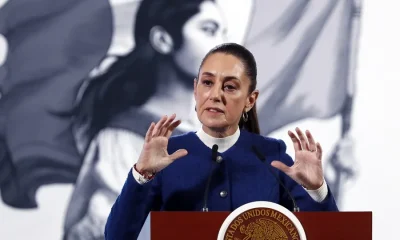
 International10 hours ago
International10 hours agoSheinbaum maintains 70% approval despite growing discontent in Mexico
-

 International10 hours ago
International10 hours agoFormer U.S. vice president Dick Cheney dies at 84






























